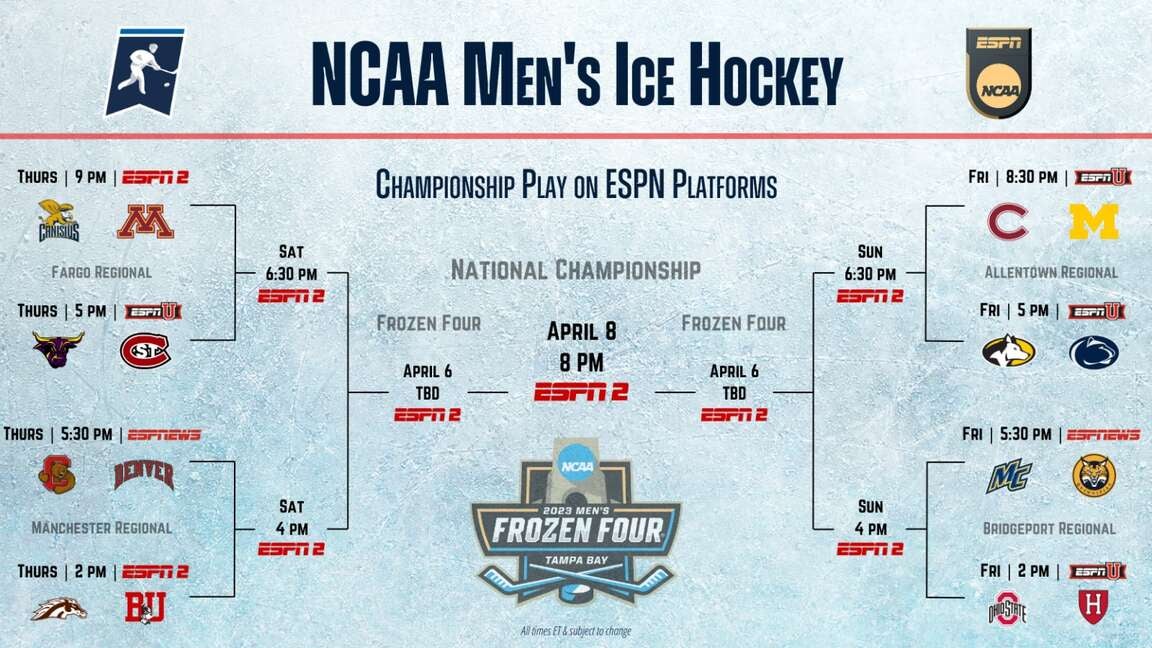For decades, the path for an elite young Canadian hockey player was clear, well-trodden, and almost universally understood: rise through the ranks, eventually land in one of the Canadian Hockey League’s (CHL) major junior circuits – the OHL, WHL, or QMJHL – and from there, launch a professional career. It was a factory, a pipeline, a seemingly unshakeable tradition. But a quiet, yet profound, revolution is currently underway, redefining what it means to be a top prospect in North American hockey. The ice, it seems, is shifting beneath our skates.

The Gates Open: A Rule Change That Changed Everything
The catalyst for this transformation isn`t a sudden surge of academic ambition among teenagers, nor is it a wholesale dissatisfaction with the major junior system. It`s far more pragmatic: a fundamental shift in the NCAA’s eligibility rules. For a long time, participation in the CHL was viewed by the NCAA as a form of professional engagement, rendering players ineligible for college sports in the United States. This was a significant barrier, a concrete wall separating two distinct developmental philosophies.
However, a landmark decision in November lifted this long-standing ban, opening the floodgates. Suddenly, players who had honed their craft in the CHL, even those who had been drafted by NHL teams while playing major junior, could pursue an education and continue their hockey development at a U.S. university. It wasn`t just a tweak to a rule; it was a re-evaluation of what ‘amateur status’ truly entails, and it has created a compelling new pathway for elite talent.
High-Profile Departures: The New Vanguard
The early indicators of this paradigm shift are unmistakable, championed by some of the brightest young stars in the game. Consider Porter Martone, a name that reverberated through the Philadelphia Flyers` scouting department, leading to his sixth-overall selection in the 2025 NHL Draft. Martone, fresh off a stellar 98-point season as captain of the OHL’s Brampton Steelheads, recently announced his commitment to Michigan State University’s NCAA Division I program. This isn`t just any prospect; this is a top-tier NHL draft pick consciously choosing the college route.
And Martone isn’t alone. The presumptive No. 1 overall pick in next year’s draft, Gavin McKenna, who captivated the Canadian hockey landscape by being named the CHL Player of the Year and leading the Red Deer Rebels to the Memorial Cup final, has also chosen the collegiate path, committing to Penn State. These aren`t fringe players; these are the cream of the crop, the future faces of the NHL, signaling a significant vote of confidence in the NCAA system.
The Allure of the Campus: Beyond the Rink
So, what exactly is drawing these highly coveted prospects south of the border? The reasons are multifaceted and strategic:
- Education First (and Second): While professional hockey remains the ultimate goal, a university degree offers a crucial fallback, a valuable asset for life after hockey. NCAA programs integrate academics seamlessly, providing a more holistic development experience. For some, the idea of balancing high-level sport with intellectual growth is appealing, offering a maturity that intense junior hockey schedules might not always facilitate.
- Patience and Development: The NCAA schedule is less grueling than major junior. Fewer games (typically 35-40 versus 68+) mean more practice time, more focus on skill development, strength training, and tactical refinement. This allows players, particularly those still growing physically, to mature at their own pace without the constant pressure of a game-heavy schedule. For some prospects, a longer runway of development is seen as beneficial.
- Scholarship Benefits: The financial incentive of a full athletic scholarship, covering tuition, room, board, and books, is undeniable. It provides significant financial stability and access to a high-quality education that might otherwise be out of reach.
- Elite Competition and Exposure: NCAA Division I hockey is a high-level league, boasting numerous future NHLers. Scouts are intimately familiar with the college pathway, making it an equally legitimate, and increasingly preferred, avenue for evaluation. Players still gain significant exposure against other top prospects.
“It`s not about abandoning one system for another, but rather recognizing that there`s now a choice. And choice, in any competitive landscape, usually leads to innovation.”
Implications for the CHL and the NHL
This evolving trend undoubtedly presents a challenge, and perhaps an opportunity, for the Canadian Hockey League. Is this a “brain drain” that will diminish the quality or prestige of major junior hockey? The CHL has long prided itself on being the premier development league for the NHL. This new competition forces a re-evaluation of their offering, potentially spurring innovations in player welfare, education support, and development strategies to retain top talent.
From the NHL`s perspective, this diversification of player pipelines is largely seen as a positive. Ultimately, NHL teams want developed talent. Whether that talent comes via the CHL, NCAA, or European leagues, the end goal remains the same. The NCAA pathway simply adds another validated route, offering variety in player development models. It allows prospects and their families to choose the environment best suited to their individual needs and aspirations.
The Future Landscape: A More Diversified Pipeline
This isn`t just a temporary fad; it represents a strategic evolution in the North American hockey development landscape. The traditional pathway is now being complemented, and perhaps even challenged, by a robust collegiate alternative. We are entering an era where aspiring NHL stars have more genuine options than ever before, allowing them to tailor their development journey. This could lead to better-rounded athletes, both on and off the ice, benefiting the sport at large.
The shifting ice promises a fascinating future for hockey, where talent can flow through multiple, equally valid channels, ultimately enriching the talent pool that feeds the highest levels of the game. It`s an interesting time indeed for player development, proving that sometimes, a simple rule change can unleash a tidal wave of strategic decisions.

